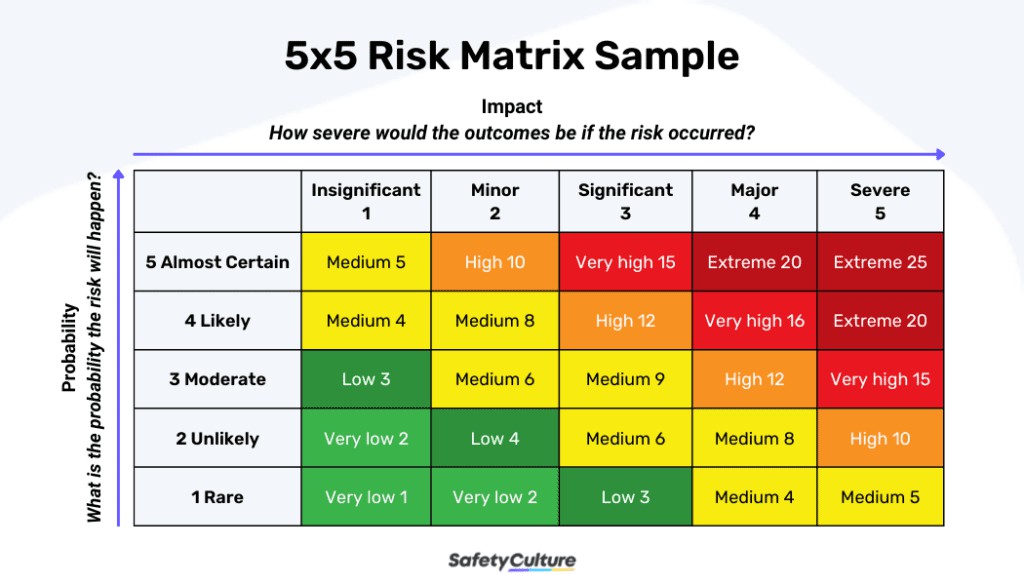TECH2300 Service and Operations Management in IT
Assessment 3 Information
| Subject Code: | TECH2300 | ||
| Subject Name: | Service and Operations Management in IT | ||
| Assessment Title: | Business continuity plan design | ||
| Assessment Type: | Individual | ||
| Word Count: | 2000 | Words | (+/-10%) |
| Weighting: | 40% | ||
| Total Marks: | 40 | ||
| Submission: | MyKBS | ||
| Due Date: | Week13 | ||
Your Task
Choose and describe your organisation, including the industry it is in and background of the organisation
- Conduct a risk management plan
- Conduct business impact analysis
- Conduct incident response plan
- Conduct a recovery plan
Assessment Description
Adverse events could cause significant disruptions to a business. Your task is to select an organization of your choice and consider adverse events that would lead to significant disruption of the business. Then, you are to conduct a management plan to discuss the impact to the business; incident response and recovery plan which to bring the business back to normal conditions.
This assessment aims to achieve the following subject learning outcomes:
| LO1 | Analyse the organizational and people factorsthat influence the delivery and operationalisation of IT services. |
| LO2 | Determine the information and technological requirements for effective IT service delivery in diverse organisational contexts. |
| LO3 | Evaluate the performance of partners and suppliers in ensuring the effective delivery of IT services within organisations. |
| LO4 | Design IT values teams and processes that underpin an organisation’s products and services. |
Assessment Instructions
Students must conduct research externally and included references in order to produce a well referenced case study. You should use at least ten(10)sources of information and reference these in accordance with the Kaplan Harvard Referencing Style. These may include websites, social media sites, industry reports, census data, journal articles, and newspaper articles. These references should be presented as in-text citations and a referencing list at the end of your assessment (not included in the word limit). Wikipedia and other ‘popular’ sites are not to be used.
Students may use the attached template when conducting the assessment.
Select an organization of your choice (it has to be a real company in Australia),discuss the industry and the business it is in and how it is particularly vulnerable to business disruptions and disasters.
Part One– Risk management plan
- Identify and analyse events that affect your business adversely and evaluate measures to deal with each of these identified risks.
- Aminimumof5risksneedstobe identified.
- Use the following risk management matrix when conducting your risk analysis:

Source:https://safetyculture.com/wp-content/media/2022/04/5×5-Risk-Matrix-Sample-1024×585.png
Part Two–Business impact analysis
Business Impact Analysis uses information in your Risk Management Plan (Part One) to assess identified risks and impacts against critical activities of your business and determine basic recovery requirements.
Critical activities are primary business functions that must continue to allow your business to continue to operate.
You need to include the following in your business impact analysis:
- Identify4criticalbusinessactivitiesofyour business.
- Impact to the business in the event of disruption.
- Length of time the business can survive without performing this activity.
- Assignment of Recovery Time Objectives(RTO)to each function, which is defined as time from declaration of a crisis/disaster to time the critical business function return fully operational to avoid serious financial loss.
Part Three–Incident response plan
Prepare a plan which allow timely response to 4 types of critical incidents and reduce the impact of those incidents on business operations identified in Part Two.
Part Four–Recovery plan
Recovery is returning to the condition before the emergency. Primary focus should be on performance of critical activities as soon as possible after a critical incident.
Students are expected to complete in the template recovery support in ‘worstcase’ scenarios, and includes the following:
- Strategies to recover business activities in the quickest possible time.
- Identifying resources required to recover operations.
- List the positions responsible and have an anticipated completion date/time.
Part Five – Reflection
The four pillars of a BCP are assessment, preparedness, response, and recovery. In light with the specific industry your company is in, provide ONE (1) recommendation with explanation on how your company can improve in its readiness in each of the pillars of BCP.
Important Study Information
Academic Integrity and Conduct Policy
https://www.kbs.edu.au/admissions/forms-and-policies
KBS values academic integrity. All students must understand the meaning and consequences of cheating, plagiarism and other academic offences under the Academic Integrity and Conduct Policy.
Please read the policy to learn the answers to these questions:
- What is academic integrity and misconduct?
- What are the penalties for academic misconduct?
- How can I appeal my grade?
Late submission of assignments (within the Assessment Policy)
https://www.kbs.edu.au/admissions/forms-and-policies

Length Limits for Assessments
Penalties may be applied for assessment submissions that exceed prescribed limits.
Study Assistance
Students may seek study assistance from their local Academic Learning Advisor or refer to the resources on the MyKBS Academic Success Centrepage. Further details can be accessed at https://elearning.kbs.edu.au/course/view.php?id=1481
Generative AI Traffic Lights
Please see the level of Generative AI that this assessment is Level 2 has been designed to accept:
|
Traffic Light |
Amount of Generative Artificial Intelligence (Generative AI) usage |
Evidence Required |
This assessment (✓) |
|
Level1 |
Prohibited:
No Generative AI allowed This assessment showcases your individual knowledge, skills and/or personal experiences in the absence of Generative AI support. |